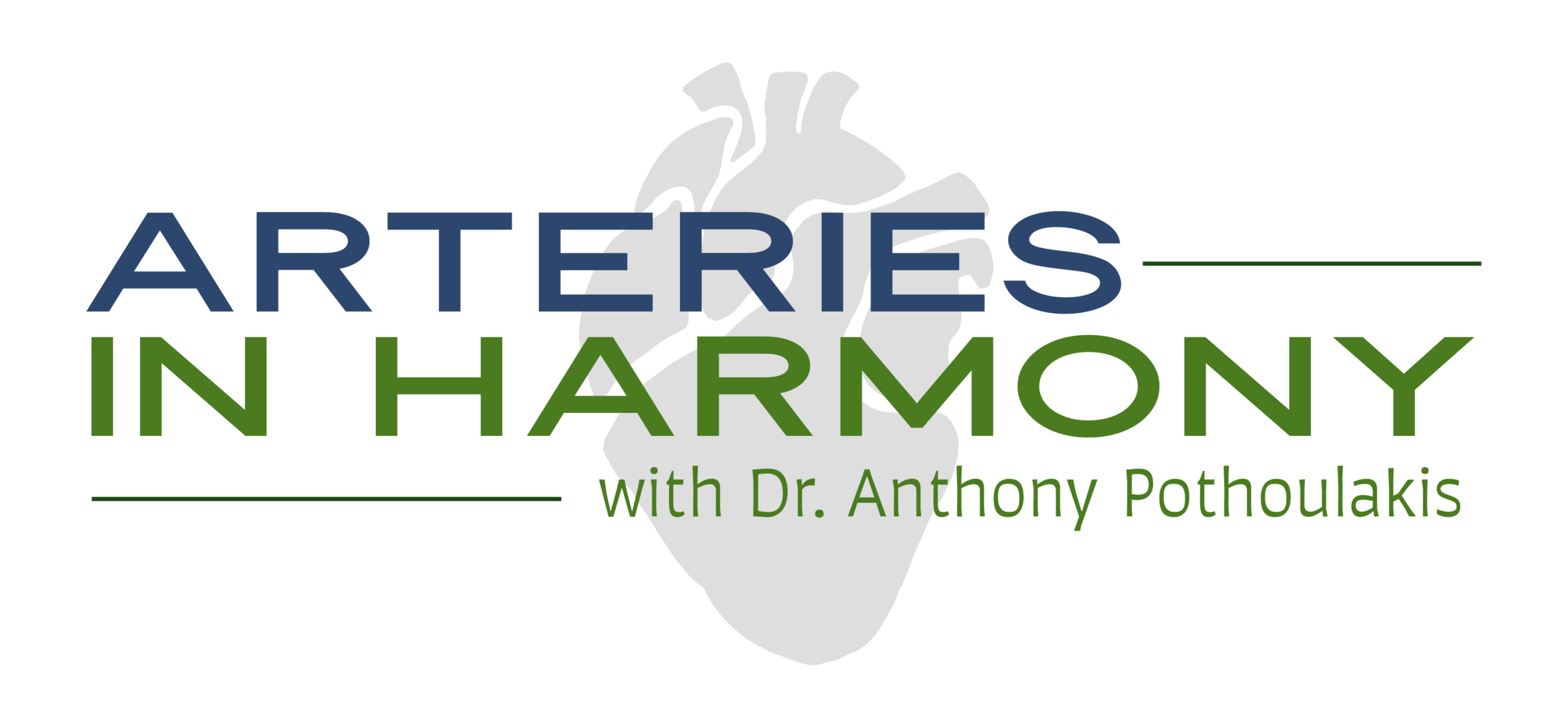Shared Decision Making
In an era where there are so many options in the medical field, having the opportunity for shared decision making is more important than ever. Shared decision making is when a doctor and patient decide together on what needs to be done next. This contrasts with the more traditional practice of medicine in the 19th and 20th centuries, where the health care providers had the knowledge and dictated to the patients and their families of what needed to be done. Shared decision making is important when more than one option is being presented and it’s not 100% clear on what needs to be done. In a more “clear cut” situation, the role of shared decision making is less pronounced. For example, a young person comes in with acute appendicitis. We know that if we don’t operate and remove the appendix quickly, it can burst, cause peritonitis and ultimately lead to death. We wouldn’t converse about it for an hour with the patient and his family; we would say that this is what needs to be done and this is what we are going to do. Another common case (that I have often experienced as a cardiologist) is when someone is having a heart attack. We know that it’s important to move quickly and take care of the situation, and giving a variety of options is not the best use of time.
In instances that have more than one option and are not as acute (or urgent), shared decision making is a very ethical option and practice with most physicians. Here’s an example of how this tends to play out: say we have a patient who comes in for an appointment. She feels fine, and has no symptoms of an impending heart attack or stroke, but is considered high risk. As a doctor, I offer the option of prescribing a statin (which lowers cholesterol). These medications have been widely used since the 1980s and have been credited for cutting the number of heart attacks in half. They have been very powerful and useful, but they need to be taken on a daily basis. While they are generally safe to use, it’s important to remember that there are no medications without side effects. Statins are not “muscle friendly”, and approximately 1 in 5 patients develops muscle aches while taking this medication. This is not life-threatening, but it can inhibit daily activities. It becomes a back and forth discussion that takes time and effort from both the patient and the doctor. Of course, it is much easier for a doctor to say “here is your prescription, take this daily and come back in two months so I can check your cholesterol levels”. But the approach where the physician invites the patient to make decisions together based on the patient’s comfort level can be extremely beneficial. On one hand, we want to educate the patient on what we think is best; but on the other hand, we want him to be able to follow through with that decision.
Shared decision making is a wonderful thing. It’s what patients deserve, but it takes time and a good attitude from both the patient and the physician. It takes the realization from the patient that there are no easy fixes in medicine and that prevention is the first line of defense. Does your doctor practice shared decision making? If you’re not sure, have a discussion with her and find what fits your needs the best.
To your health!
Dr. Anthony

